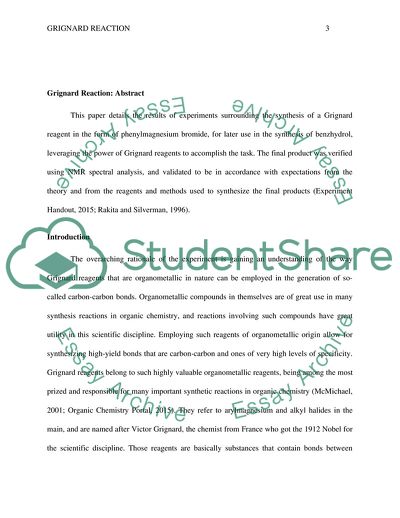Cite this document
(Grignard Reaction Lab Report Example | Topics and Well Written Essays - 1500 words, n.d.)
Grignard Reaction Lab Report Example | Topics and Well Written Essays - 1500 words. https://studentshare.org/chemistry/1869036-grignard-reaction
Grignard Reaction Lab Report Example | Topics and Well Written Essays - 1500 words. https://studentshare.org/chemistry/1869036-grignard-reaction
(Grignard Reaction Lab Report Example | Topics and Well Written Essays - 1500 Words)
Grignard Reaction Lab Report Example | Topics and Well Written Essays - 1500 Words. https://studentshare.org/chemistry/1869036-grignard-reaction.
Grignard Reaction Lab Report Example | Topics and Well Written Essays - 1500 Words. https://studentshare.org/chemistry/1869036-grignard-reaction.
“Grignard Reaction Lab Report Example | Topics and Well Written Essays - 1500 Words”. https://studentshare.org/chemistry/1869036-grignard-reaction.


